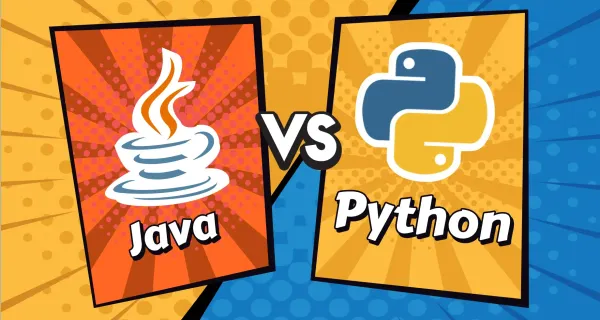Fun Science Experiments for Kids
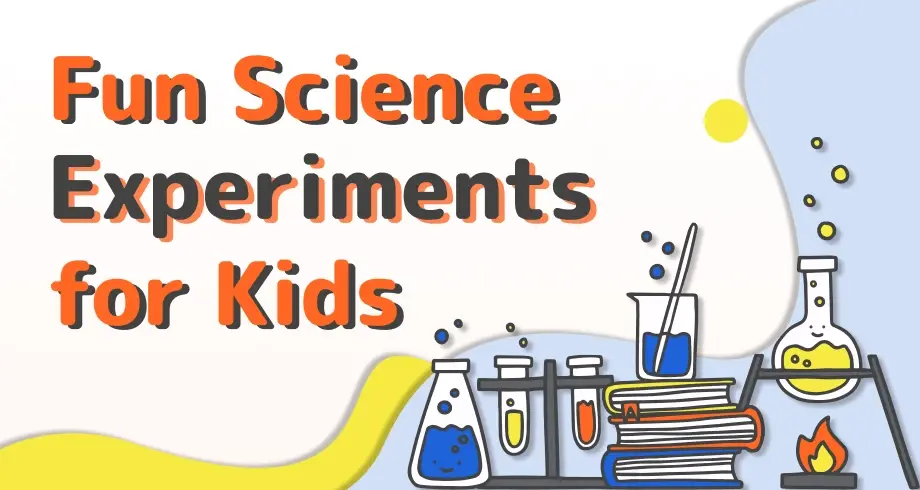
Introduction
Hey there! budding scientists. Does your heart belong to the science lab? If the answer is a yes, you’re in for a joy ride this summer. It's time you make your backyard your science laboratory, with these super fun science experiments for kids like you.
Here we bring the top 5 children’s science projects that will make learning scientific topics an exciting adventure for your little Einsteins.
So what are you waiting for, scroll down and let the adventure begin!
Science Experiments for Kids
1. Baking Soda and Vinegar Volcano
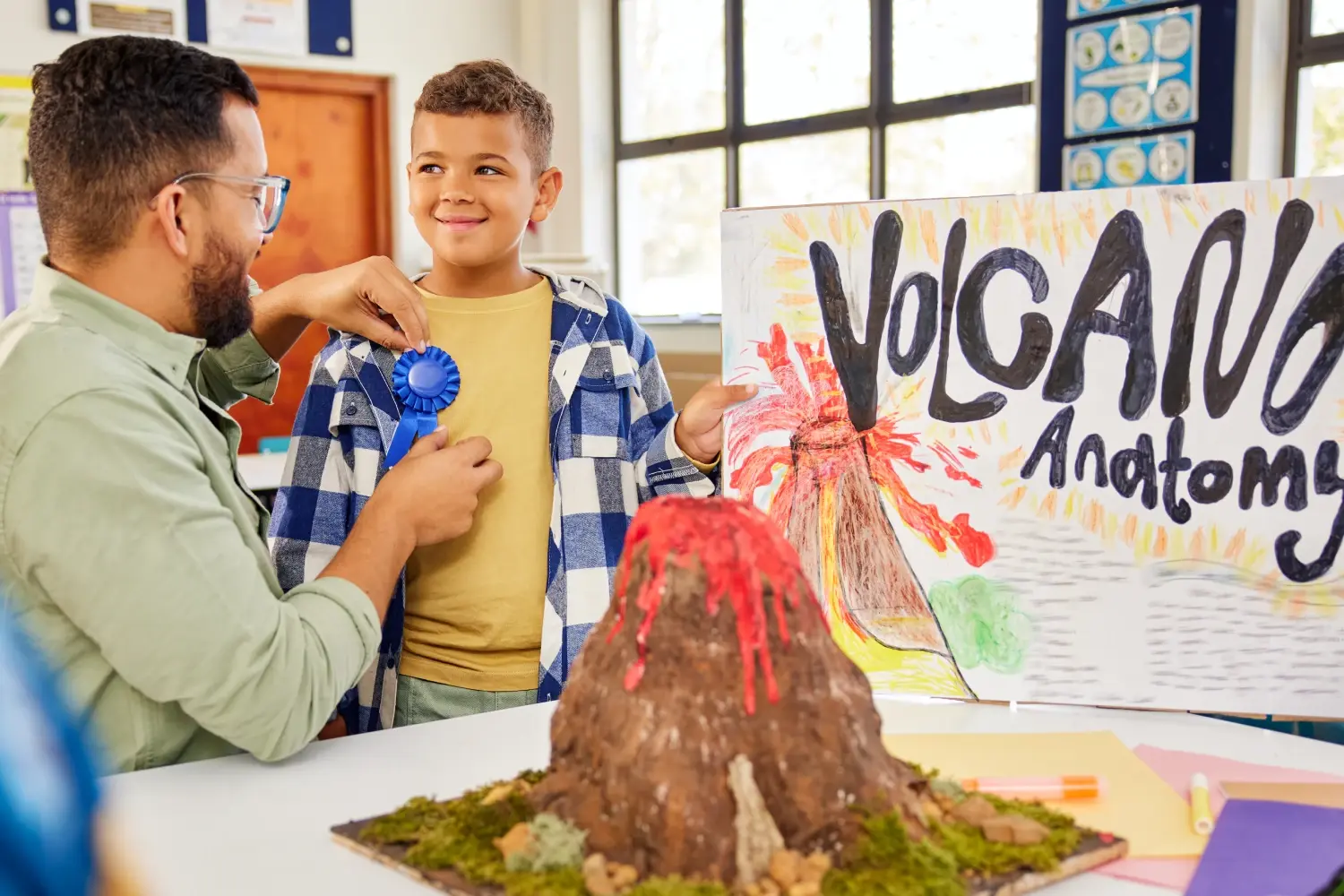
Items Required :
- Baking soda
- Vinegar
- A small container (like a plastic bottle)
- Red food coloring (to make it look like lava)
- A baking sheet or tray (to catch the mess)
How to do:
- Fill the container about halfway with baking soda.
- Add a few drops of red food coloring to the baking soda.
- Slowly pour vinegar into the container and watch the eruption! The mixture will bubble up and overflow like a real volcano.
Why it happens?
When you mix baking soda and vinegar, it's like mixing two super different things that don't like each other. When they meet, they start bubbling and fizzing because they're trying to get away from each other.
It's like when you mix chocolate and broccoli—yuck! They don't want to be together, so they make a big mess. In this case, it looks like a volcano erupting!
2. Rainbow in a Jar
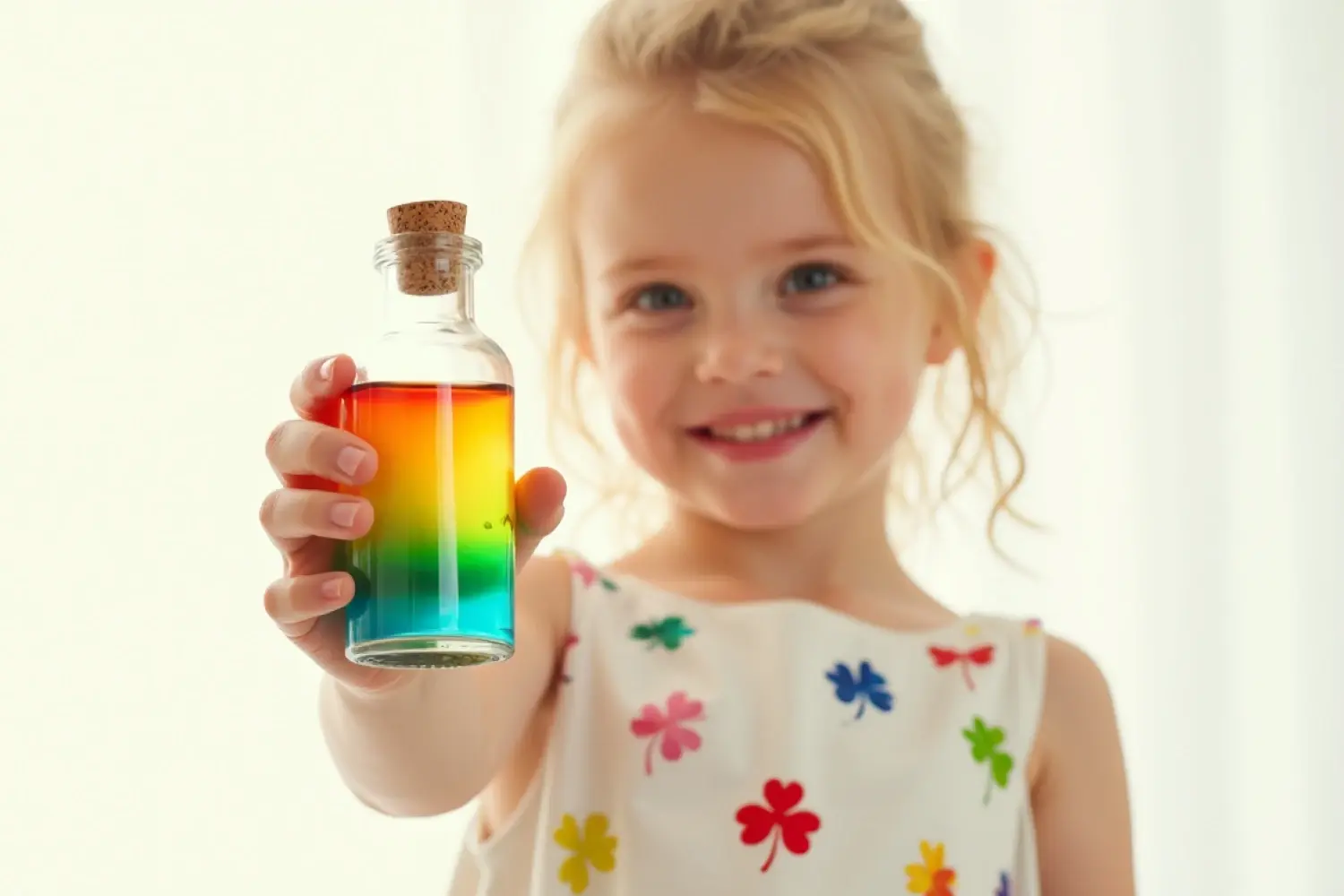
Items Required:
- A clear glass jar
- Water
- Food coloring
- A spoon
How to do:
- Fill the jar with water.
- Add a few drops of different food colors to the water.
- Stir the colors around with the spoon to see how they mix and create new colors.
Why it happens?
When you mix different colors of food coloring in water, it's like mixing paints. You know how when you mix blue and yellow, you get green? The same thing happens in the jar. The colors mix and blend to make new colors.
3. Balloon Rocket
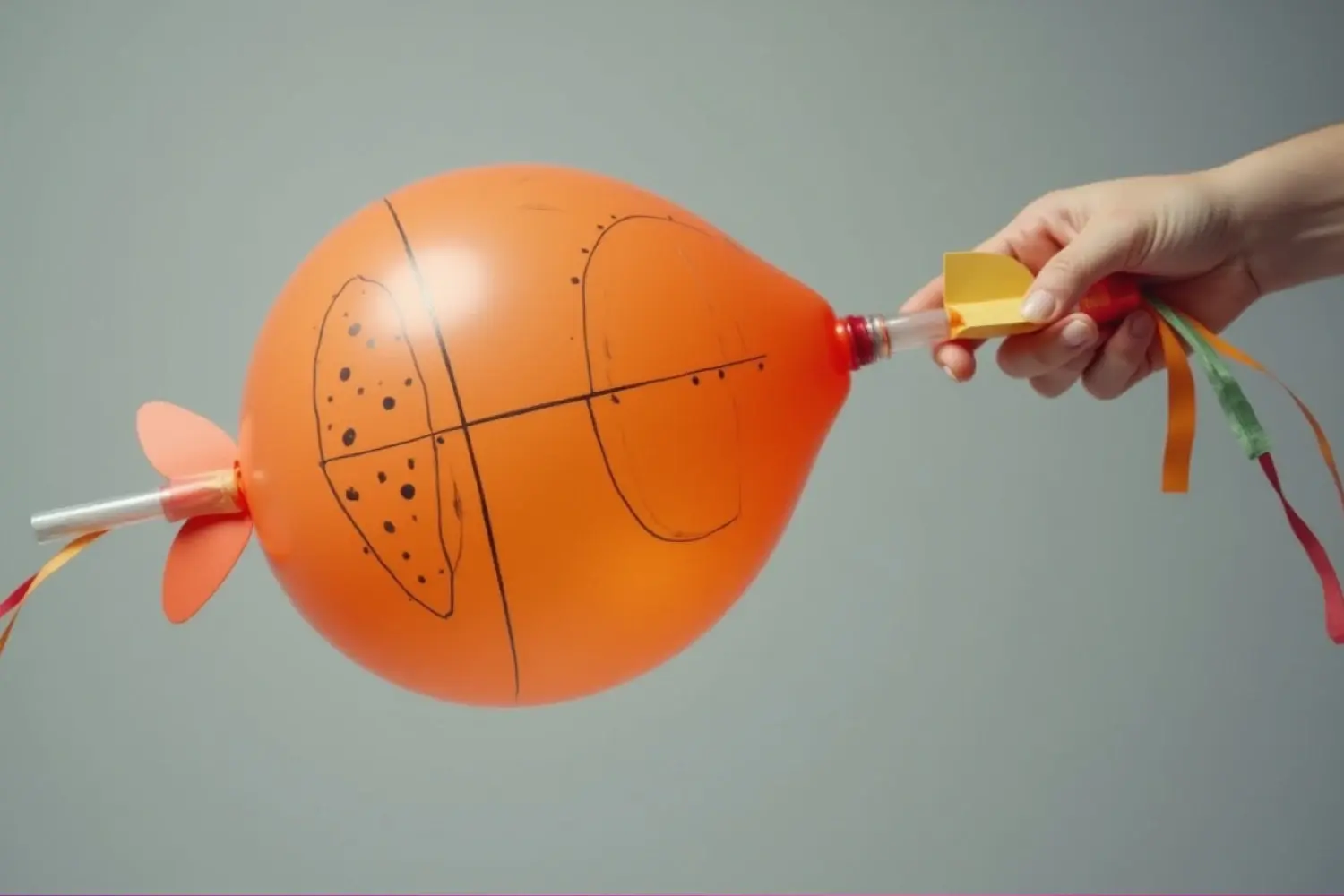
Items Required:
- A balloon
- A long string or yarn
- Two chairs or objects to tie the string between
- Tape
How to do:
- Tie one end of the string to a chair.
- Stretch the string across the room and tie the other end to another chair. Make sure the string is tight.
- Blow up the balloon and hold the opening closed (don't tie it).
- Tape the balloon to the string so that the opening is facing backward.
- Let go of the balloon and watch it zoom across the string like a rocket!
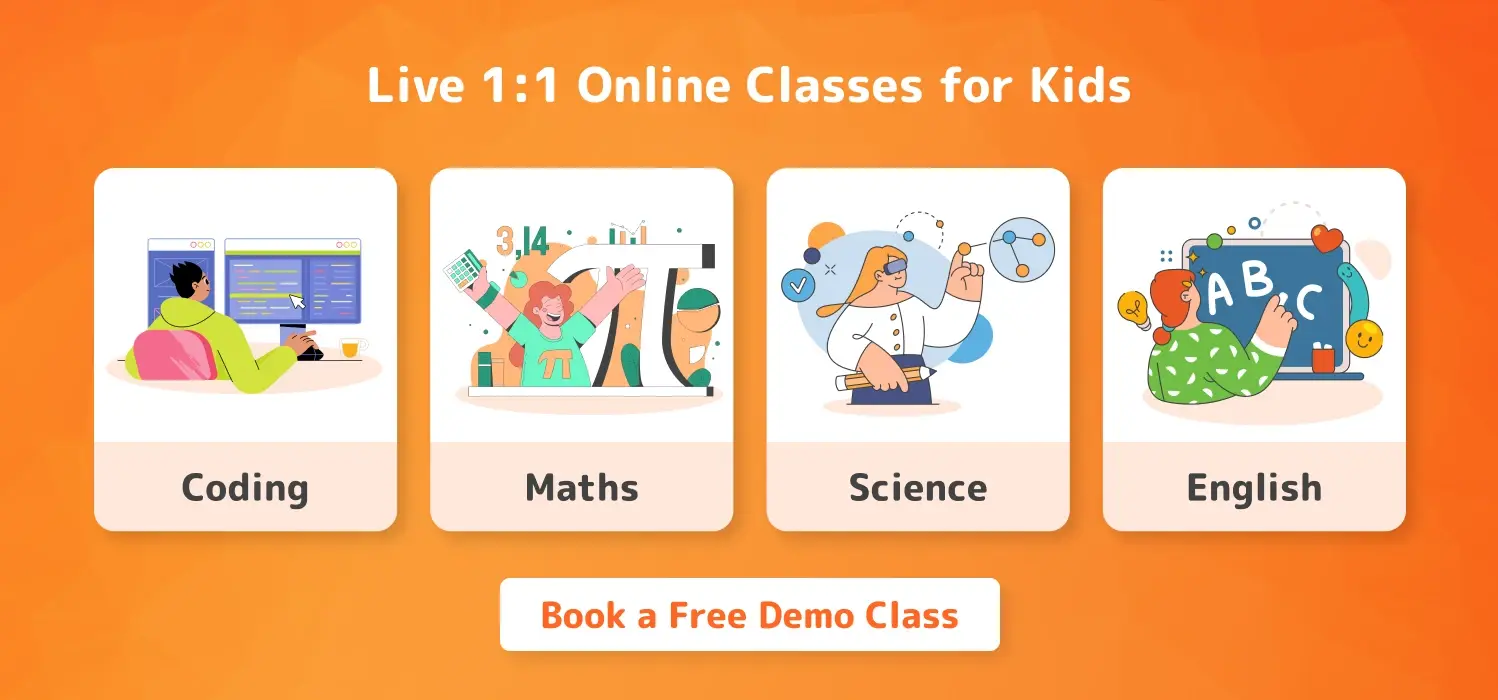
Why it happens?
When you blow up a balloon and let it go, the air inside rushes out. This pushes the balloon forward, just like when you blow out birthday candles and the air moves the candle. When you attach the balloon to a string, the air still rushes out, but now it can only go one way, so the balloon zooms along the string like a rocket!
4. Lava Lamp
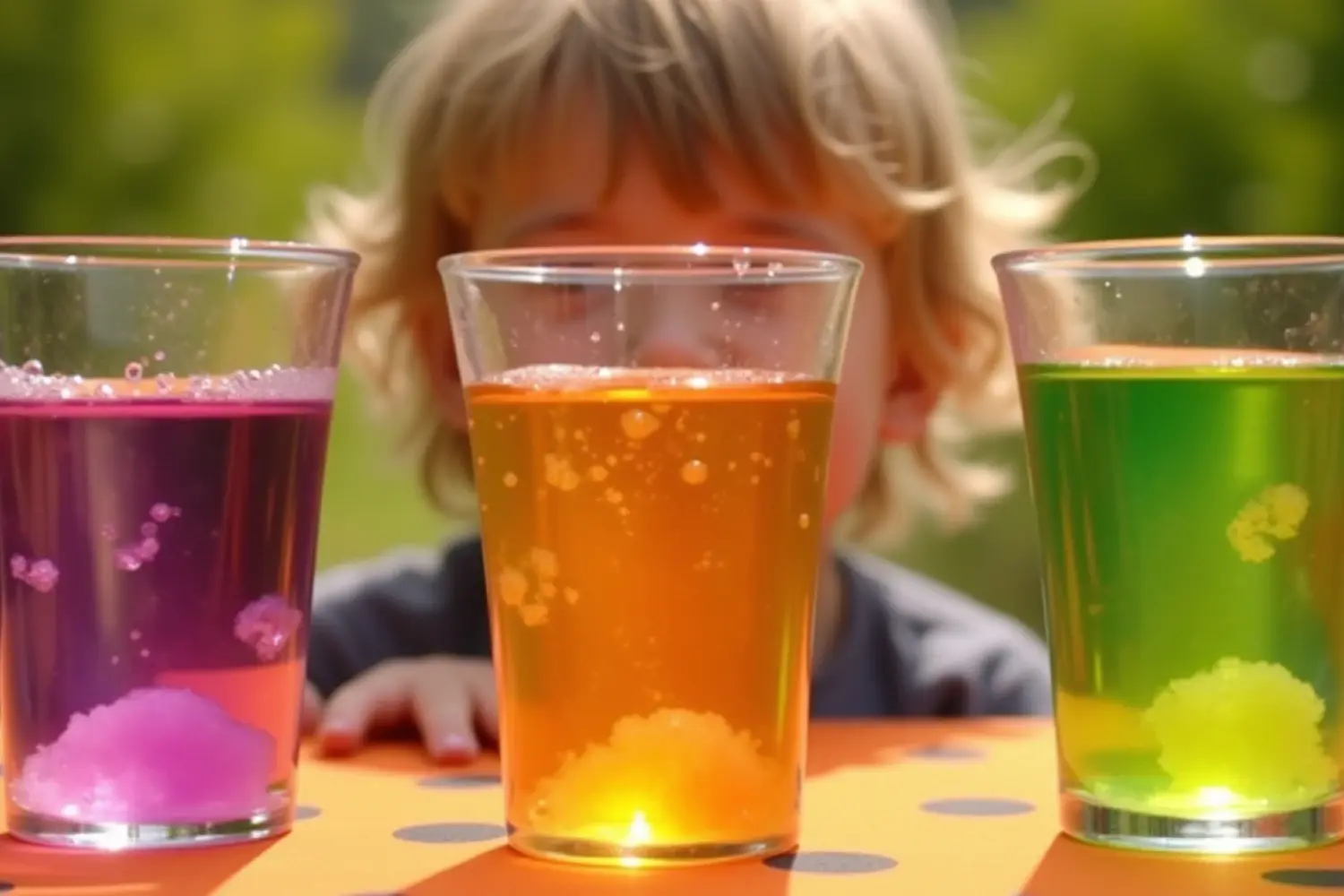
Items Required:
- A clear glass or jar
- Vegetable oil
- Water
- Food coloring
- Alka-Seltzer tablets
How to do:
- Fill the jar about halfway with water.
- Add vegetable oil until the jar is almost full.
- Add a few drops of food coloring.
- Break an Alka-Seltzer tablet into small pieces and drop them into the jar one at a time. Watch the colorful blobs move up and down like a lava lamp!
Why it happens?
The oil and water don't mix, and the Alka-Seltzer creates bubbles that carry the colored water up and down. It's like a mini dance party for the colors.
5. Glow in the Dark Slime
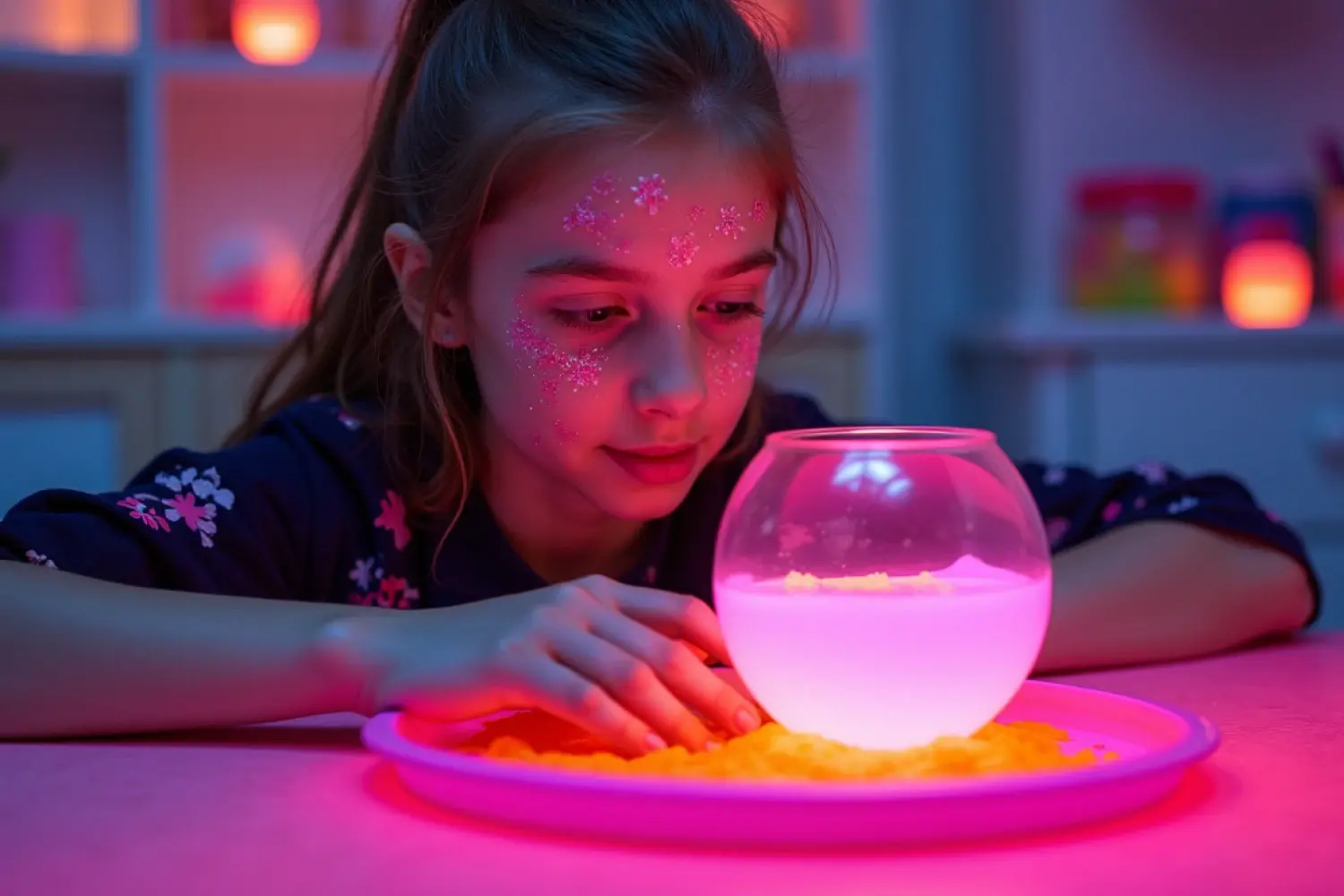
Items Required:
- Clear glue (like Elmer's)
- Water
- Contact lens solution (contains boric acid)
- Food coloring (optional)
- Glow-in-the-dark paint or powder
How to do:
- Pour the glue into a bowl.
- Add a few drops of food coloring if you want colored slime.
- Stir in the glow-in-the-dark paint or powder.
- Slowly add the contact lens solution while stirring. Keep adding until the slime starts to form and pull away from the bowl.
- Once it's all mixed, take it out and knead it with your hands until it's nice and stretchy.
Why it happens?
Imagine you have a bunch of tiny, stretchy strings all tangled up. When you mix the glue and the special solution, it makes these tiny strings stick together and form a big, stretchy blob—that's slime!
The glow-in-the-dark stuff makes it light up in the dark, so you can see it even when it's bedtime. It's like having a tiny, glowing friend to play with!
Final Thoughts
These experiments help you learn about cool science stuff like chemical reactions, colors, and motion. Remember, always ask a grown-up for help, especially with things like sharp objects or chemicals.
More than anything else science is all about exploring and having fun, so grab your lab coat (or just a regular shirt) and get ready to make some amazing discoveries!
FAQs
Q1. Do I need any special equipment?
No, you don't need separate science experiment kits for kids, you can do these experiments with everyday household items. Most of the materials you need are probably already in your kitchen or bathroom.
Q2. Are these experiments safe for kids?
Yes, these experiments are designed to be safe and fun for kids. Always make sure to have a grown-up nearby to help with any steps that might be tricky or involve sharp objects or chemicals.
Q3. How long do these experiments take?
Most of these experiments can be done in just a few minutes, but some might take a bit longer. It's a good idea to set aside about 15-30 minutes for each one.
